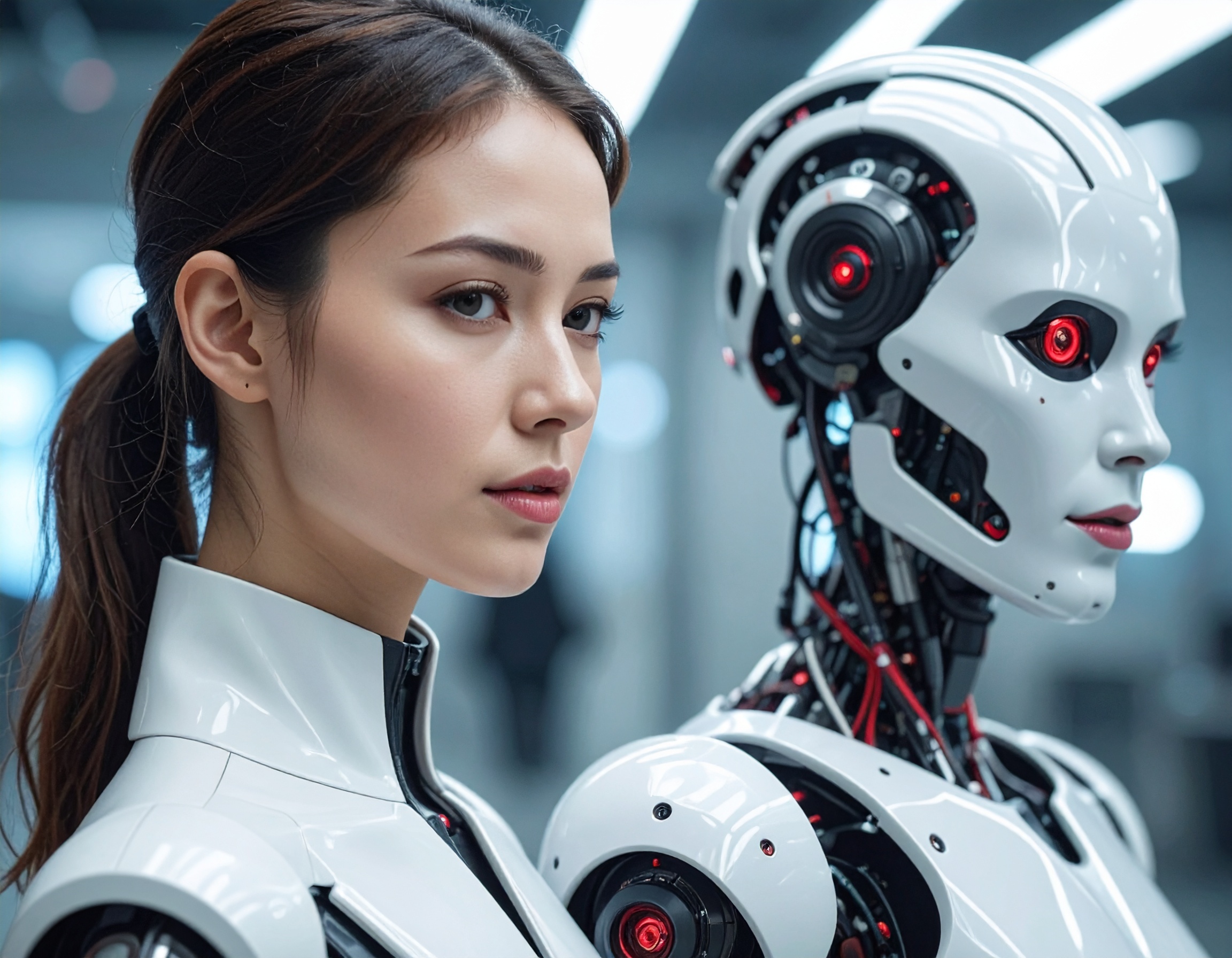Exploring China’s AI Workforce: From Virtual Journalists to Humanoid Robots

Introduction to China's AI Workforce
In recent years, China has been at the forefront of integrating artificial intelligence (AI) into various sectors, leading to the emergence of AI employees, non-human workers, and voice AI agents. These advancements are not only transforming industries but also reshaping the way we perceive work and technology.
AI Employees in Media and Customer Service
China Daily introduced Yuanxi, a virtual journalist powered by AI, in December 2022. Yuanxi can scan and analyze news sources in real-time, assisting human journalists by providing the latest trends and information. This collaboration enhances productivity and efficiency in newsrooms. Similarly, companies like Huawei Cloud and Xiaoice have developed digital humans for roles such as customer service representatives and administrative assistants, streamlining operations and reducing labor costs.
Non-Human Workers in Public Services
In Shenzhen's Futian District, 70 AI civil servants have been deployed to handle tasks like document processing, public services, and emergency management. These AI employees analyze over 240 government service scenarios, improving efficiency and service delivery. This initiative marks a significant step in integrating AI into government operations, aiming to enhance public sector performance.
Voice AI Agents in Education and Tourism
The rise of voice AI agents has also impacted education and tourism sectors. Interactive tech camps in cities like Hangzhou and Beijing offer hands-on experiences with robotics and AI, targeting children and young adults. These programs not only educate the younger generation about emerging technologies but also prepare them for future career opportunities in AI and robotics.
China's proactive approach in adopting AI technologies across various sectors demonstrates the country's commitment to innovation and efficiency. The integration of AI employees, non-human workers, and voice AI agents is setting a global precedent, influencing how businesses and governments operate. As these technologies continue to evolve, they promise to redefine the future of work and human-machine collaboration.
Key Highlights:
- Virtual Journalists and AI in Media: China Daily launched Yuanxi, a virtual journalist powered by AI, in December 2022. Yuanxi helps human journalists by scanning and analyzing news sources in real-time, improving newsroom efficiency.
- Non-Human Workers in Customer Service and Administration: AI-powered digital humans, like those created by Huawei Cloud and Xiaoice, are being used for customer service and administrative tasks, reducing costs and boosting productivity in various sectors.
- AI Employees in Government Services: In Shenzhen’s Futian District, 70 AI civil servants handle public services, document processing, and emergency management. This initiative aims to streamline government operations and improve service efficiency.
- Voice AI Agents in Education and Tourism: AI-powered voice agents are gaining traction in education and tourism. Interactive tech camps in cities like Hangzhou and Beijing are teaching kids and young adults about robotics and AI, preparing them for future careers in technology.
Reference:
https://www.chinadaily.com.cn/a/202505/09/WS681d55bca310a04af22be478.html


